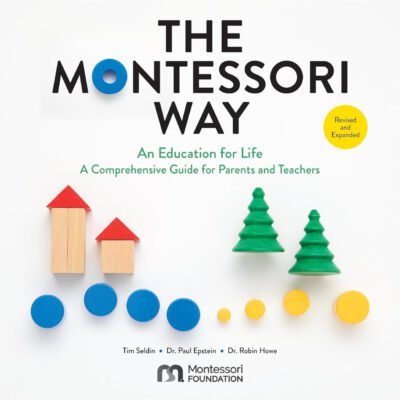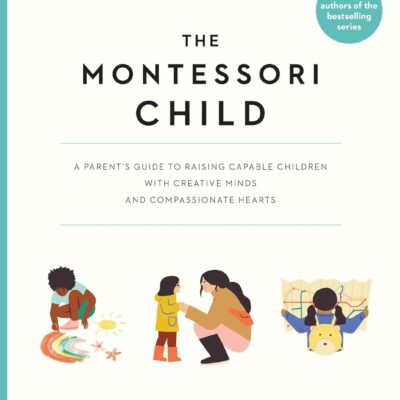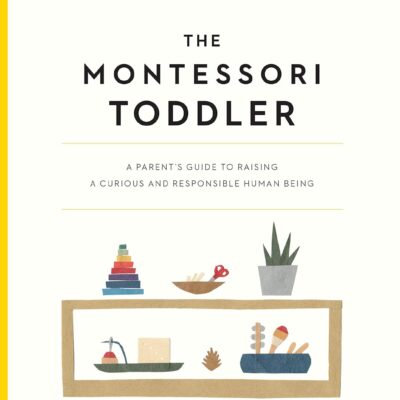
by Lorna McGrath and Tim Seldin
Sarah Chen stood in her living room, staring at the catalog of Montessori materials spread across her coffee table. Her daughter Emma had just started at a local Montessori school, and Sarah was torn about whether to invest in some of the beautiful wooden materials she’d seen in Emma’s classroom. Like many parents, she wondered if having these materials at home would give her child an extra advantage.
This common parental impulse (to provide educational materials at home that mirror the school environment) comes from a good place. However, Montessori educators and experienced parents have found that the relationship between school and home learning can be more nuanced than it might first appear.
“When parents ask us about purchasing Montessori materials for home use, we often encourage them to pause and reflect,” says Maria Torres, a Montessori guide with 15 years of experience. “The magic of these materials in the classroom setting comes partly from their novelty and the way they’re presented. When children have unlimited access to them at home, it can actually diminish their special appeal in the classroom.”
This doesn’t mean your home can’t support your child’s Montessori education, quite the opposite! The key lies in understanding the deeper principles of the Montessori approach and finding creative ways to apply them in your home environment without duplicating the classroom experience.
Consider the kitchen, for instance. Rather than purchasing specialized Montessori practical life materials, you might create a designated space where your child can independently access appropriately sized tools for food preparation. A low drawer with child-sized implements allows children to make their own snacks, pour their own drinks, and help with meal preparation. Likewise, set up the lowest shelf in the refrigerator to hold wholesome snacks and drinks that they can prepare. This approach not only develops the same skills as classroom materials but does so in a real-world context that children find deeply satisfying.
The same principle applies to other areas of development. Instead of investing in the iconic Pink Tower or Brown Stairs, parents can create rich sensorial experiences through everyday activities. Elizabeth Morgan, a parent of two Montessori students, discovered this organically. “We started taking nature walks and collecting objects of different sizes, weights, and textures,” she explains. “My children became fascinated with comparing pinecones, sorting rocks, and creating their own classification systems. It dawned on us that this was Montessori thinking in action, without any specialized materials.”
The same principle applies to other areas of development. Instead of investing in the iconic Pink Tower or Brown Stairs, parents can create rich sensorial experiences through everyday activities. Elizabeth Morgan, a parent of two Montessori students, discovered this organically. “We started taking nature walks and collecting objects of different sizes, weights, and textures,” she explains. “My children became fascinated with comparing pinecones, sorting rocks, and creating their own classification systems. It dawned on us that this was Montessori thinking in action, without any specialized materials.”
Language development provides another opportunity for organic learning at home. While Montessori
classrooms use specific materials, such as Sandpaper Letters and a Movable Alphabet, home language experiences can be woven naturally throughout the day. Rich conversations during meals, storytelling at bedtime, and casual writing opportunities, such as helping to make shopping lists, all support literacy development without requiring specialized materials.
When it comes to mathematics, daily life offers countless opportunities for mathematical thinking. Counting stairs as you climb them, measuring ingredients while cooking, or sorting laundry all develop mathematical understanding in meaningful ways. These real-life applications often prove more valuable than having formal mathematical materials at home.
There are, however, times when purchasing specific Montessori materials might make sense. Your child’s teacher might recommend particular materials to support specific learning needs, or you might want certain items for extended breaks from school. In these cases, the key is to communicate openly with your child’s guide about what would be most beneficial.
Some parents have found creative middle-ground solutions. The Wilson family, for instance, created a rotating selection of seasonal materials that complement, rather than duplicate, classroom work. During summer, they might bring out materials for nature study and gardening. In winter, they focus on Practical Life skills, such as food preparation and craft work. This approach keeps activities fresh and engaging while supporting their children’s development.
The most successful home environments typically
focus on creating opportunities for independence, concentration, and Practical Life skills rather than academic materials. A thoughtfully prepared space might include a designated area for artistic expression, easily accessible shelves for books and activities, and child-sized furniture that allows for autonomous movement and work.
As Sarah Chen eventually discovered, creating a supportive home environment had less to do with purchasing specific materials and more to do with applying Montessori principles in daily life. “Once we shifted our focus from materials to opportunities,” she reflects, “we started seeing possibilities everywhere. Our home became a place where learning happened naturally, through living.”
As Sarah Chen eventually discovered, creating a supportive home environment had less to do with purchasing specific materials and more to do with applying Montessori principles in daily life. “Once we shifted our focus from materials to opportunities,” she reflects, “we started seeing possibilities everywhere. Our home became a place where learning happened naturally, through living.”
This approach not only supports children’s development but also maintains the special relationship they have with their classroom environment. After all, the goal isn’t to recreate school at home but to create a complementary space where children can continue to grow and develop in their own unique way.
The beauty of this approach lies in its simplicity and authenticity. By focusing on real-life experiences and genuine opportunities for independence, parents can create an environment that genuinely supports their child’s Montessori education. No specialized materials required!
Lorna McGrath is a Montessori teacher educator, conference presenter, and Montessori consultant. Lorna has 41 years of experience in the field of education, teaching children from 18 months through 6 years old, and from 12 through 18 years old in both public schools and independent Montessori schools.







